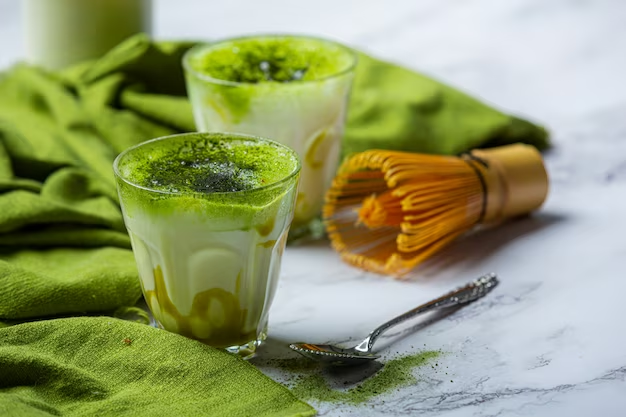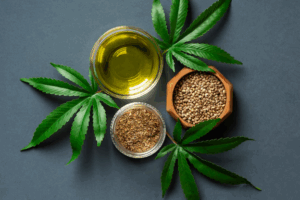Trainwreck Kratom: What It Is & Why People Love It
If you’ve explored the world of kratom, you’ve probably come across Trainwreck Kratom — a name that’s bold, a little mysterious, and often mentioned by

In a world where wellness trends constantly evolve, Kratom and Matcha have emerged as two fascinating plants, each with its unique set of properties and benefits. As enthusiasts seek holistic alternatives, understanding the distinctions between Kratom and Matcha becomes crucial. In this blog post, we delve into the depths of Kratom vs Matcha, exploring their origins, similarities, differences, and the intriguing question – can you take Kratom and Matcha together?
Kratom, formally identified as Mitragyna Speciosa, is an evergreen tree indigenous to Southeast Asia, specifically found in regions such as Thailand, Malaysia, Indonesia, and Papua New Guinea. The leaves of the Kratom tree have been traditionally used for centuries for their well-being properties. In its native regions, Kratom has been taken in various forms, like Kratom tea and others. Kratom contains alkaloids, with mitragynine being the primary active compound. Due to diverse effects, Kratom has gained popularity as a natural plant for enhancing well-being properties.
Matcha, on the other hand, hails from Japan and is a finely ground powder of specially grown and processed green tea leaves. Unlike traditional green tea, where the leaves are infused in water and discarded, Matcha green tea involves consuming the entire powdered leaf. The cultivation and preparation of Matcha involves shading the tea plants for several weeks before harvest, which enhances the chlorophyll content and gives the leaves a vibrant green color.
The process of making Matcha is meticulous – the leaves are steamed to halt fermentation, dried, and then ground into a fine powder. This vibrant green powder is renowned for its rich flavor, earthy aroma, and unique combination of caffeine and amino acids, particularly L-theanine. The synergy between caffeine and L-theanine in Matcha powder is believed to provide a sustained energy boost without the jitters commonly associated with other sources of caffeine or coffee plants.


The combination of Kratom and Matcha raises intriguing possibilities, but caution is essential. Both substances can have varying effects on individuals, and combining them may intensify these effects. It is crucial to consider factors such as individual tolerance, health conditions, and desired outcomes.
In the ever-expanding landscape of natural remedies, Kratom and Matcha stand out for their unique properties and cultural significance. While each has its distinct benefits, the idea of combining Kratom and Matcha opens the door to a fascinating exploration of holistic wellness. As with any natural remedy, understanding their characteristics, and potential interactions. Respecting your body’s responses is key to unlocking their full potential. Ultimately, whether you choose Kratom vs Matcha, or a combination of both, embracing these natural alternatives can be a step. It takes you towards a more balanced and mindful approach to well-being.
No, Kratom does not contain caffeine. Instead, it contains alkaloids like mitragynine and 7-hydroxymitragynine, which may enhance well-being.
Green tea and matcha come from the same plant, but matcha is a powdered form of green tea leaves, providing a more concentrated amount of antioxidants and caffeine compared to traditional brewed green tea.
While Kratom and matcha both offer wellness effects, Kratom’s benefits are primarily due to its alkaloids, which may provide relaxation, depending on the strain. Matcha, on the other hand, boosts energy due to its caffeine content.
If you’ve explored the world of kratom, you’ve probably come across Trainwreck Kratom — a name that’s bold, a little mysterious, and often mentioned by

What Is Kratom Seltzer? Everything You Need to Know Move over, hard seltzers — a new kind of botanical brew is making waves. Kratom seltzer

Top 7 Kratom Capsules That Work (And Where to Get Them) With the growing number of kratom brands entering the market, finding quality capsules you
Why Red Maeng Da Kratom Is the #1 Choice for Daily Buyers In the world of kratom, Red Maeng Da is one of the most

Plants like Kratom and CBD have received significant attention in recent years for their potential to improve overall wellness. As these two substances continue to